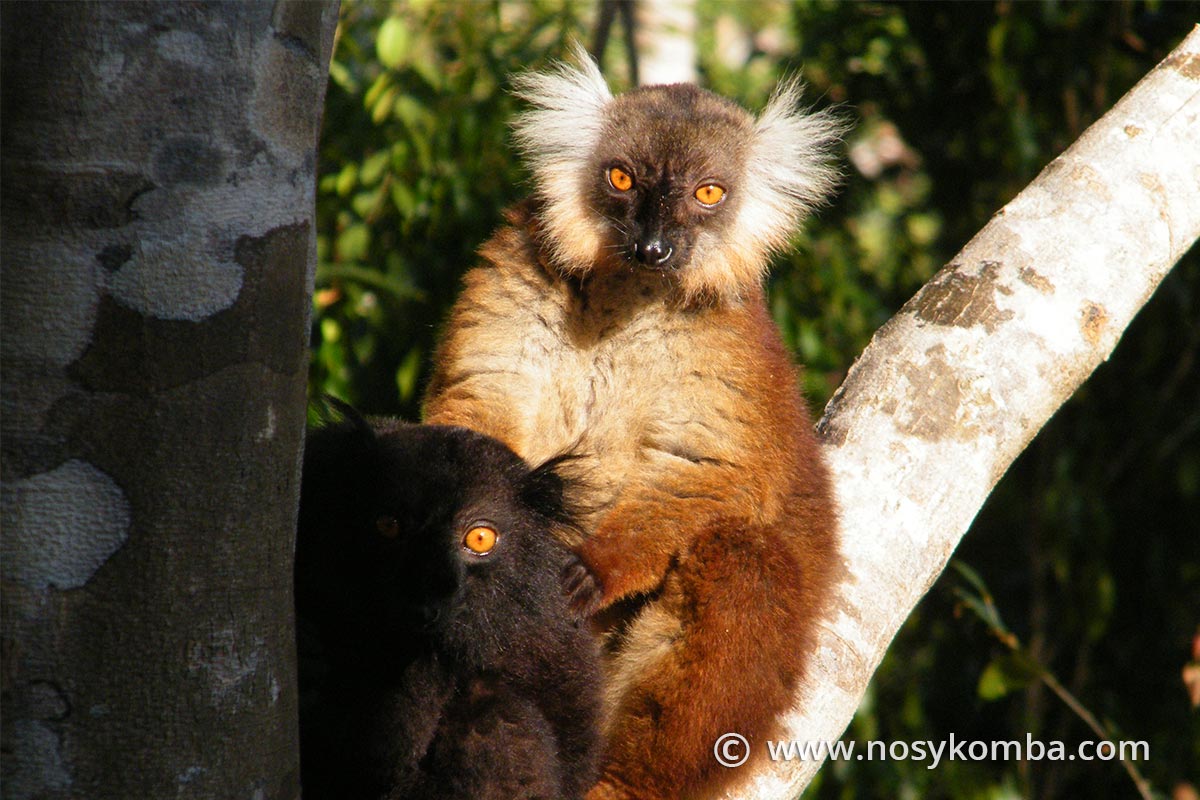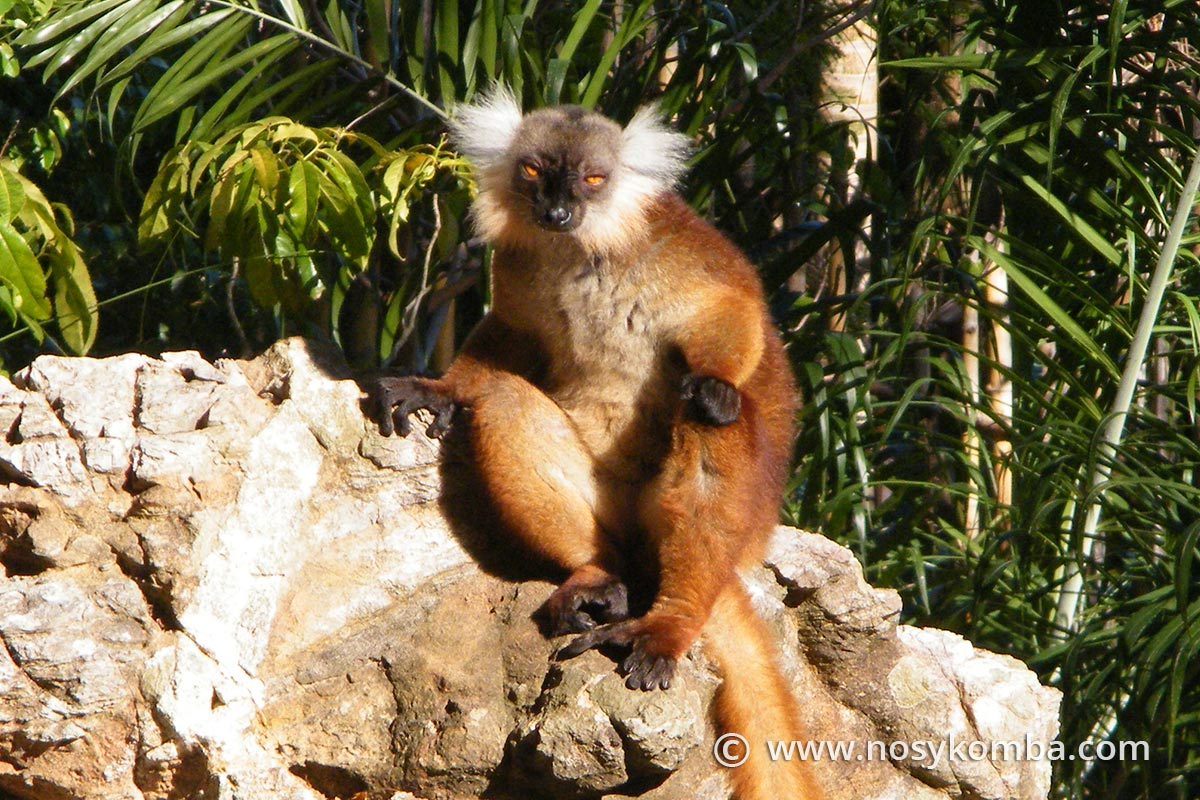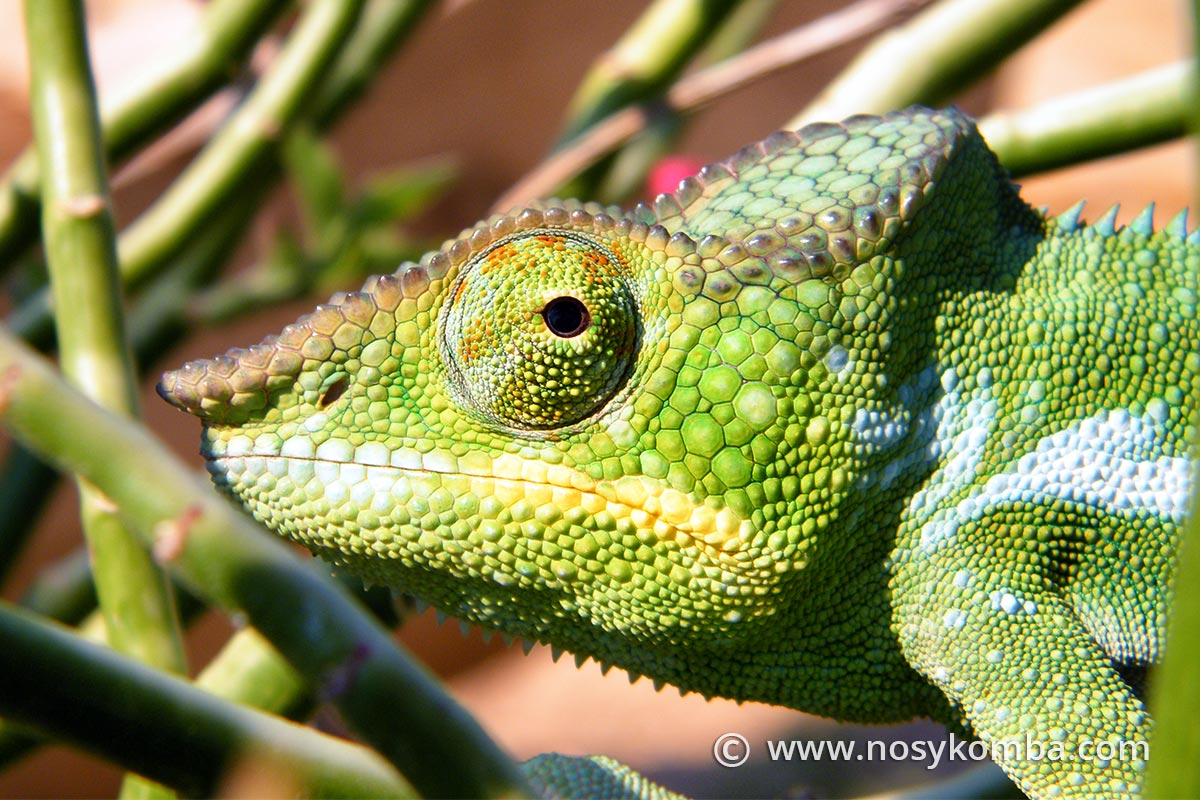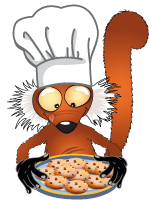Description


Habitat


Behaviour
Makis live in communities. There are several mixed groups. A group is generally composed of seven to fifteen lemurs. Although males are more numerous, the social mode of the macaco is matriarchal. A dominant female leads a group, accompanied by other females.
They do not hold back when they want to relieve themselves. In their droppings, seeds from fruits they have eaten are scattered on the ground. Like birds, they are natural planters.

Nutrition
They are mainly vegetarian and feed mainly on seeds, leaves and sweety fruits, but they can also feast on liquids secreted by trees or plants.
Their developed sense of smell allows them to sniff out and locate fruits very easily. They are very fond of bananas, and when the mango season arrives from November to the end of February, they feast on them. Sometimes they eat very small insects and millipedes.


Language
The means of communication of the macaco eulemurs are very special. Their language has many sounds. Some sounds resemble grunts, others are similar to monkey calls. During the mating season, the cries become more strident and there are many arguments between them.

Reproduction
Females give birth only once a year and usually have only one cub. They can also have two. The gestation period lasts about four months; it is between September and December that these adorable balls of hair are born. During the first three months, the new-borns cling to their mother’s belly for protection.
The life expectancy of this species is estimated to be about 20 years, but some may live longer.



Human influence
During the tourist season, many people come to the island to discover these primates; in order to attract them, the locals feed them with bananas, and thus familiarize them with humans. In Nosy Komba, harming a maki is absolutely forbidden.
These animals are sacred.




